Winging – what is it and how do I get started?
From kit, to courses, top speeds, and the best conditions, find out all you need to know in our beginner's guide to winging
Wingsurfing, and the more advanced wingfoiling, are the latest watersports to hit your local waters and getting involved couldn’t be easier.
To help encourage and introduce complete beginners to wingsurfing, the RYA launched its new Wing Training Scheme in 2021. With four progressive courses to develop all the skills needed to take flight and wingfoil with confidence.
What is winging and how does it work?
Wingsurfing, and the more the advanced wingfoiling, both use a wing with an inflated leading edge on a strut or boom to power you along. Unlike windsurfing, the wing isn’t attached to the board, but controlled by your hands while you stand.
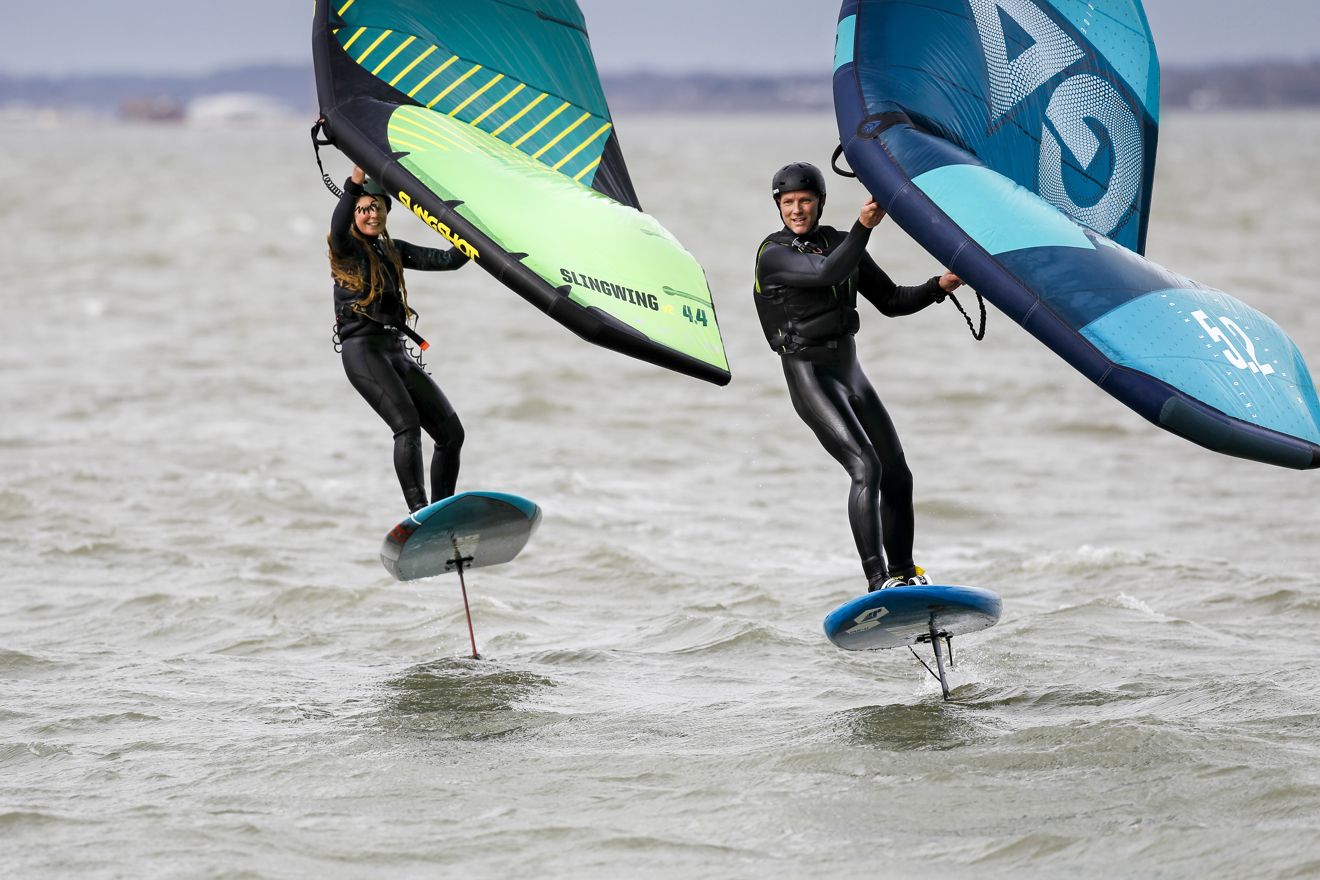
The difference between wingsurfing and wingfoiling?
The only real difference is the board. Wingsurfing uses a plain board, whereas wingfoiling uses a board with a hydrofoil attached underneath.
Wingsurfing is a great entry-level introduction. It’s slower and easier to learn, requiring less technique than wingfoiling. No previous watersports experience is necessary, making it a great option for all abilities and ages.
Those wanting to progress to wingfoiling will need a board and foil specifically designed for wingfoiling. Understanding how the foil works and more importantly learning how to control it takes practice, but with a little tuition you’ll take flight in no time.
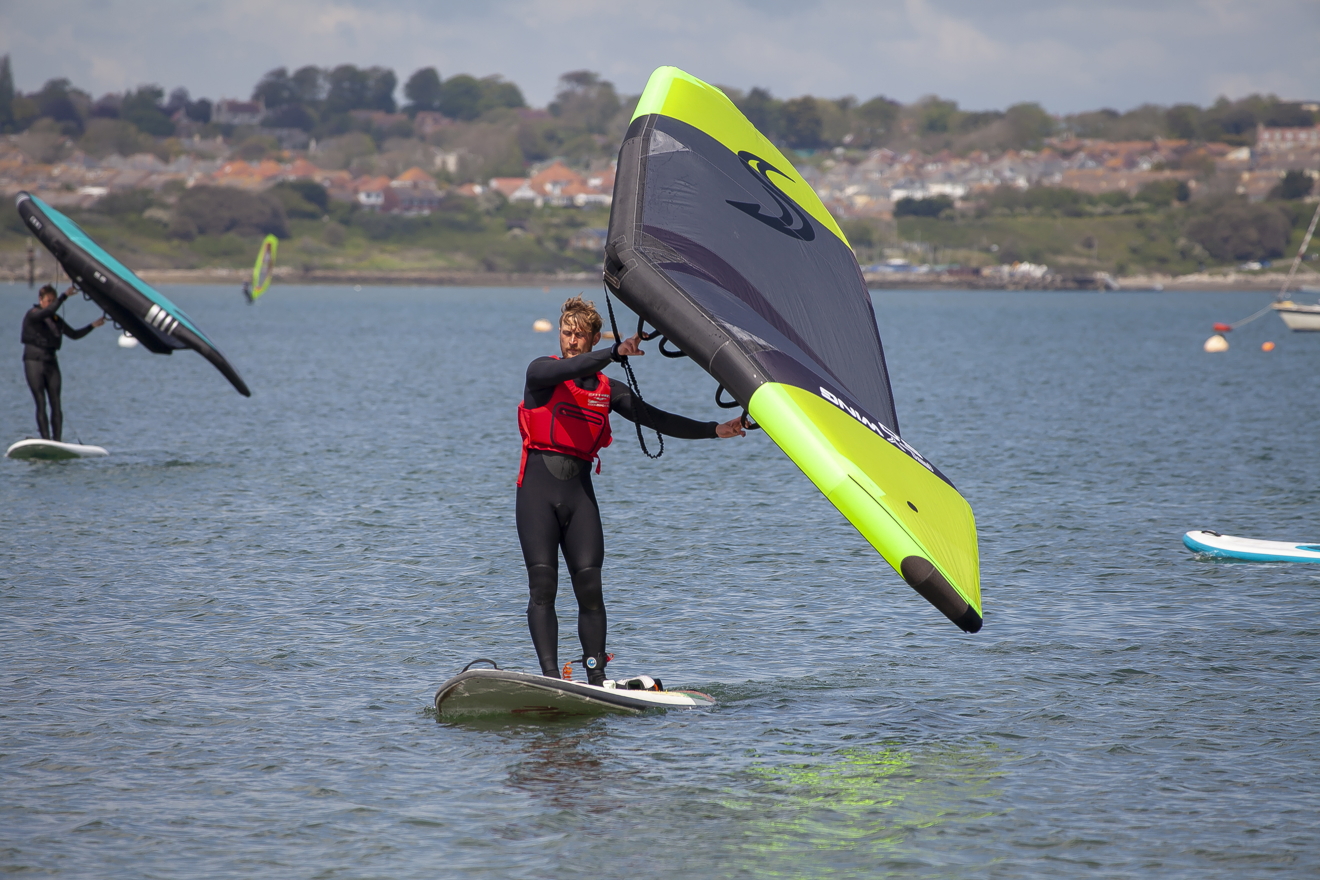
What experience do you need?
The best thing about dinghy sailing, windsurfing, and winging is that no prior watersports experience is needed. Mastering the basics is incredibly easy and anyone can give it a go. We recently met a 79-year-old who was loving the new challenge!
In lighter winds, windsurfers may find wingsurfing more challenging as you have to hold the wing above your head with very little power assisting you. But once the breeze picks up, wingsurfing has a potentially quicker learning curve, with many finding it much easier to progress.
As is the case when trying anything new, taking lessons with a qualified instructor is always a good idea to help set foundations and enhance your progression.
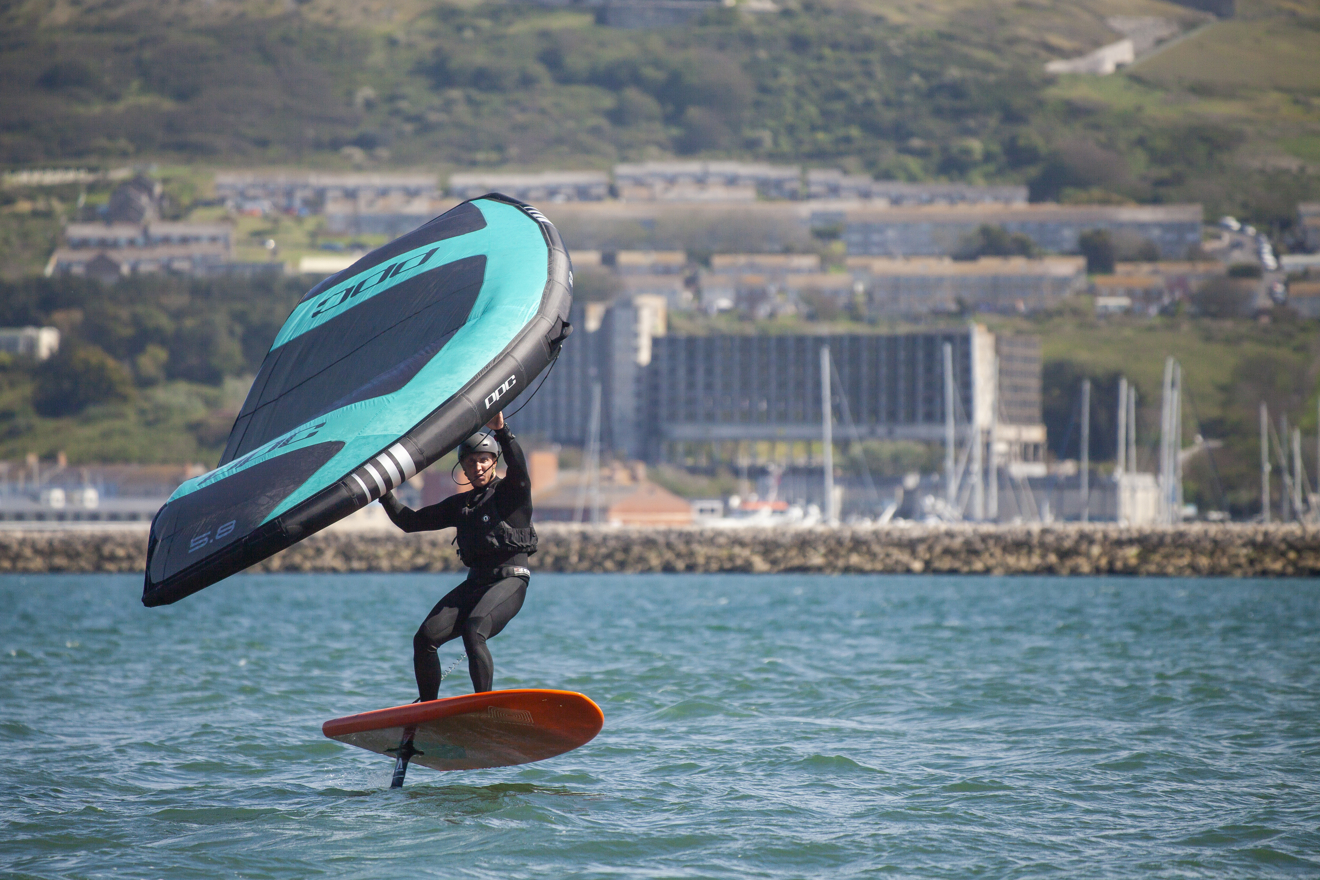
How long does it take to learn?
Learning to wingsurf usually takes around four hours to grasp winging, going across the wind, turning around and coming back.
Once you’ve mastered the basics, you’ll increase your confidence winging upwind and improve your tacking and gybing in a similar timeframe.
By the end of the first two courses, you should be at a good level to go out and practice the skills you’ve learnt. Confident wingsurfers can improve their progress to foiling and take their first flights!
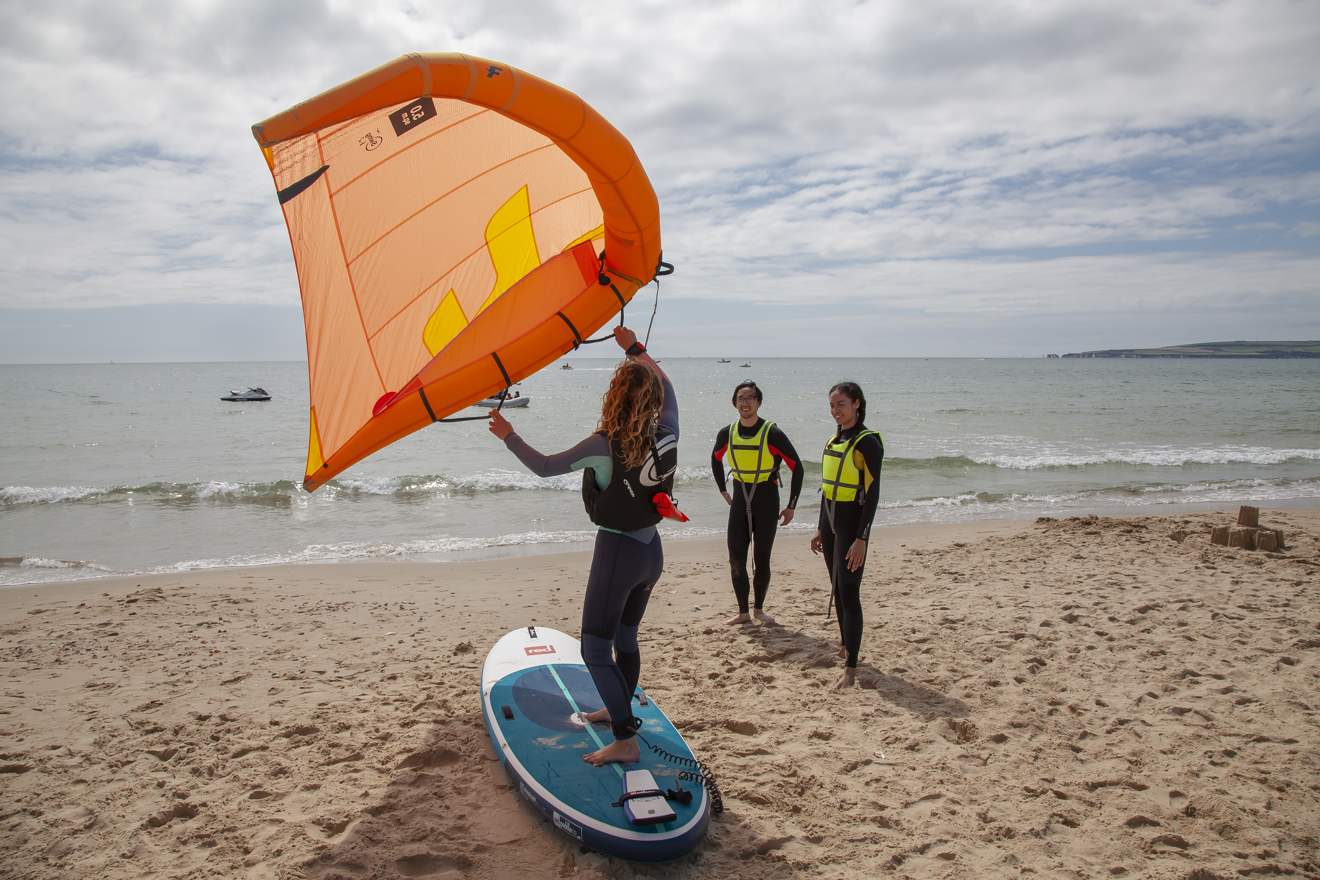
What are the best conditions for winging?
As is the case for most watersports when starting out, the flatter the water the better. Ideally, you’ll want a nice cross shore wind too.
Flat water is also beneficial as you progress onto wingfoiling, but you'll also need to factor in the water depth and any underwater hazards due to the hydrofoil under the board
How much wind do you need to wing or wingfoil?
You can get wingsurfing in as little as 5kts of wind, any less and it’s a real shoulder work out! As your skill and technique improves you can head out in stronger winds, up to about 15kts for beginners.
For foiling you need about 10-15kts initially, and as your skills improve you will be able to get foiling in lighter winds, as well as staying out in stronger winds up to about 25kts.
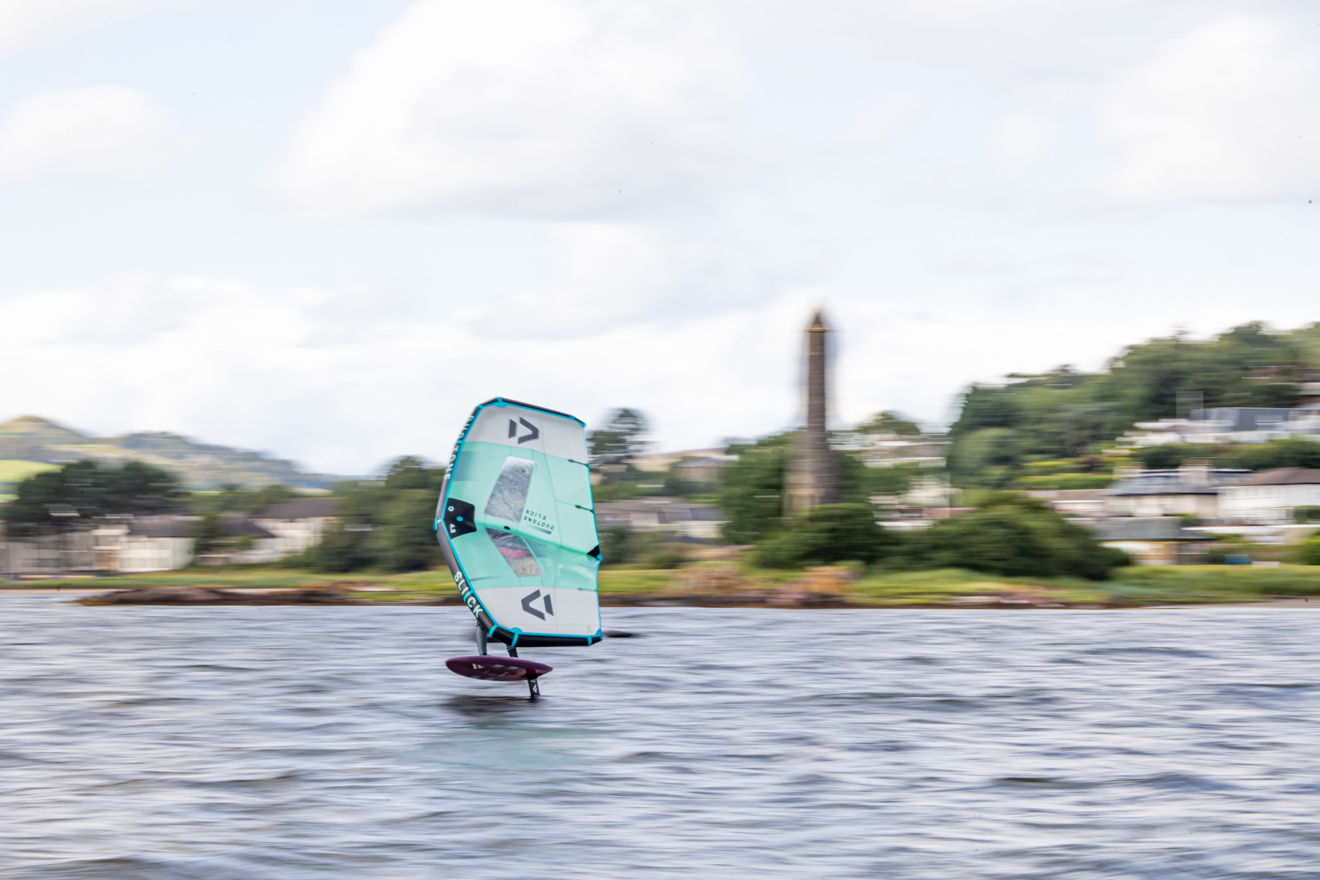
How fast is winging?
Wingsurfing is probably slower than you’d expect, making it really good fun and surprisingly relaxing. But if you decide to progress on to wingfoiling you can reach speeds up to 25kts!
What equipment do you need?
On a course all the kit you need is provided, so you can give it a go and see if you like it without investing straight away.
However, once hooked, you will need a wetsuit and a buoyancy aid or impact vest. For those learning to foil, you’ll need a helmet too.
For wingsurfing, you will need a wing around 2.8-4m (depending on the individual learning and the conditions) and a board with sufficient volume and a centreboard or fin.
If you decide to progress onto wingfoiling, a dedicated wingfoiling board with a foil that’s appropriate for your ability is needed.
In general, the kit is fairly affordable - even for foiling! Recent developments in materials and equipment have now made foiling more accessible than ever.
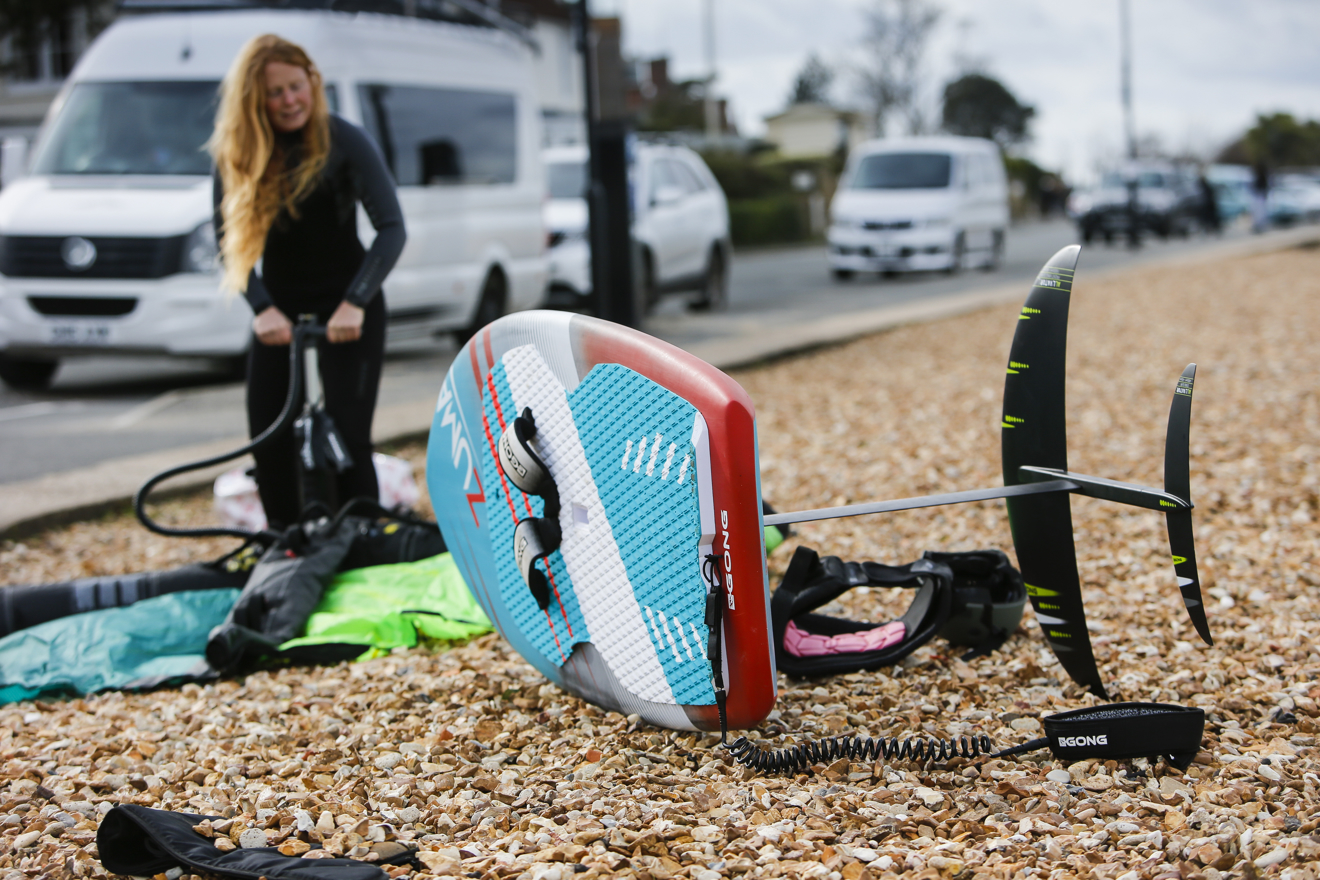
Can I go winging with a SUP or windsurfing board?
Yes! This is one of the reasons wingsurfing is so accessible. There are a few requirements you’ll need to check, but you may be able to get started using your existing kit.
You can use a large to medium volume windsurfing board with a centreboard or a WindSUP (stand-up paddle board) with a centre fin. Centre fins are commonly found on WindSUPs, but most normal SUPs won't have one. Don't worry if yours doesn't, they can be retro fitted to the bottom of most boards.
How do I get started?
It couldn’t be easier to get started! The new RYA Wingsurfing and Wingfoiling courses are now available at a number of RYA recognised training centres around the UK and overseas.
Learn in a safe and fun environment with the support and expertise of specially trained RYA instructors.
Find out more about our Winging Courses or use RYA Where’s my Nearest to find a recognised training centre near you.
Did you know...
As an RYA member you can take advantage of free third-party liability insurance for winging and other watersports. Simply update your boating interests to activate your cover, T&Cs apply.
Not a member? Join today to enjoy this and other great benefits.
